Comparison of MTK processors
In recent years, Media Tek has released five major platforms MTK6573, MTK6575, MTK6577 MTK6572 (enhanced MTK6577) and MTK6589. These products of the company have become so popular among Russian buyers, and do not lag behind their competitors in terms of performance! And the main difference between the platforms and MTK is their low price, which is quite an important fact in the current economic situation in the country, and makes communicators on MTK platforms available to all citizens of the Russian Federation. In this article, we will describe each platform in more detail so that the buyer can choose the most suitable option for himself, both in performance and price category, a communicator.
MTK6573 platform
Communicators based on the MTK6573 platform are the first, most productive, product of the company, which began to close the gap from the brand models of competitors. The MTK6573 platform is a continuation of the MTK6516 platform line, on the basis of which all communicators with an operating room were developed. Google system Android.
Consider specifications platforms MTK6573. The platform is equipped with a dual-core Cortex A9 processor with a processing frequency of 650MHz and 507MHz. 650MHz core with ARM v6 architecture is directly responsible for the operating speed operating system communicator, and the other core 507MHz ARM116 is responsible only for 3G operation. The total number of indicators viewed with Antutu Benchmark v2.8.2 - 1711, given that this platform was released a long time ago, it does not have the lowest performance.
Also included with the platform is the Power VR SGX531 GPU from Imagination Technologies. Graphics Chip Version Open GL - Open Graphics Library - Open graphics library, graphical API is a specification that defines a language-independent cross-platform software interface for writing applications using 2D and 3D computer graphics... Includes over 250 functions for drawing complex 3D scenes from simple primitives. With the Power VR chip, the graphics of the communicator are generally at their best, but, despite the high-performance video processor, communicators on the MTK6573 platform will not be able to handle especially cool toys, and games such as Angry Birds run without problems and without “lags”! By using test program NenaMark2 v2.4 managed to overclock 3D graphics up to 17.3fps.
The resolution of the main camera on the MTK6573 platform starts from 2.0 to 8.0 megapixels.
Communicators on the MTK6573 platform are assembled on the basis of the operating room Android systems 2.3 and up. All communicators are equipped with 512MB RAM random access memory, which is twice more than the previous MTK6516 platform. Inner memory communicators on the MT6573 platform - 512MB, which sometimes is not enough! To open the communicator's memory as a removable disk, you need to put a Flash card, all MTK6573 platforms are equipped with a Micro SD slot, the maximum card size is up to 16 GB.
I also need to say special thanks to the platform developer, for the fact that it was equipped with two slots for Sim cards, and now communicators can support WCDMA (3G) network and GSM standard.
Communicators on the MT6573 platform are more suitable for people who are not very versed in all the intricacies of the operating system, who will use the communicator more for communication than for entertainment. With communicators, you can easily access the Internet, and the Internet is high-speed 3G. Gamers, of course, will not be satisfied with the device on the "73" platform, because for highly capacious 3D games, the Cortex A9 650MHz processor will be rather weak.
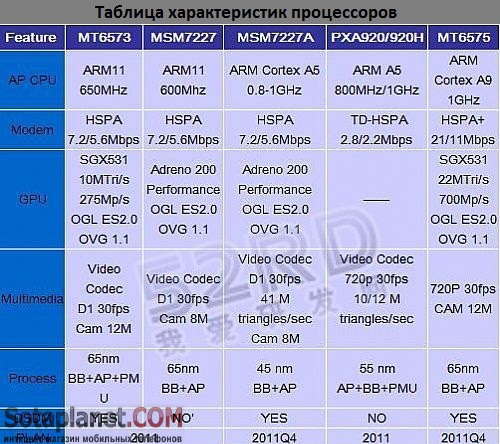
MTK6575 platform
In the spring of 2012, the MTK6575 platforms from Media Tek made a splash. MTK6575 is already the third generation platform, and it carries a rather powerful stuffing. Latest ARM® CortexTM-A9 processor, 1GHz single core. The processor is already based on the ARM v7 architecture. The Cortex A9 1GHz processor is designed to reduce power consumption and improve performance. In Communicators on the MTK6575 platform, 512MB or 1GB of RAM is already installed (ZOPO ZP300 MTK6575 came with 1GB RAM). The total number of indicators viewed using Antutu Benchmark is 3505. If you look at the rating, the platform takes a good place among competitors.
Antutu Benchmark indicators:

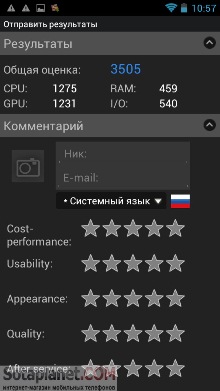

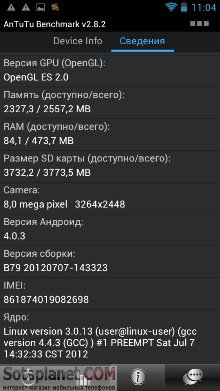


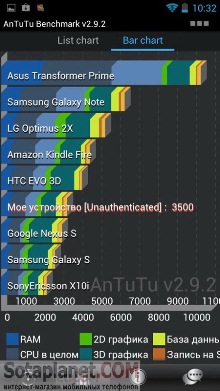
As for the video chip, it has not become weaker, Power VRTM SGX Series5 GPU from Imagination Technologies. The total graphics performance using Antutu Benchmark is 1231. A device with such a filling is already quite capable of pulling a cool 3D toy without brakes, designed directly for this platform. Tests using NenaMark2 v2.4 show that 3D graphics accelerate to 20, 3fps, which is already quite good, and as you can see from the NenaMark table, the tested communicator B79 on the MTK6575 platform takes a good position among competitors.

Quadrant Advanced_2.0 metrics

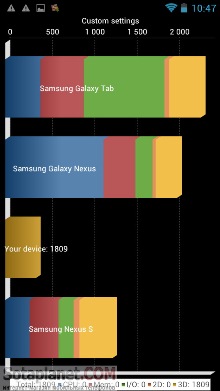
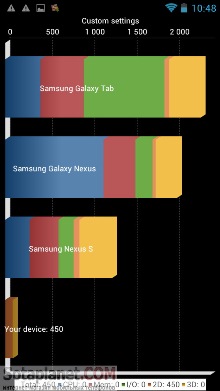
Android Assistant metrics.




Standard synthetic tests show that the performance gain is: more than 35% in Internet browsers and more than 20% in games and other 3D applications compared to the best offers of competitors in this price segment. In addition, support for such advanced technologies as control of 3D displays (ZOPO ZP200 MTK6575) is integrated into the MTK 6575 platform

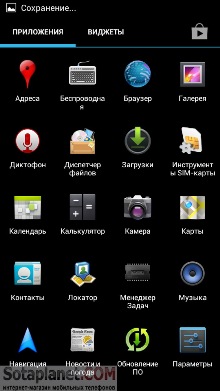
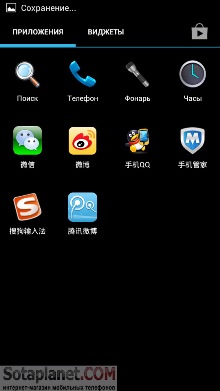


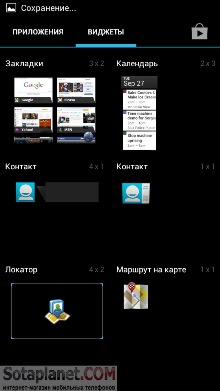

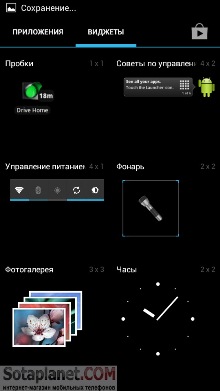
Communicators on the MT6575 platform now have the opportunity to use new version operating system - Android 4.0 "Ice-Cream Sandwich". User-friendly interface modified menu.
The main camera on the MTK6575 platform supports playback and recording of HD video format 1280 * 720Px, the maximum camera resolution is 8 megapixels. The display resolution is already 960 * 540 dots qHD.
Also, the platform is equipped with two slots for SIM cards, supports their simultaneous operation. GSM and 3G (WCDMA) networks. Thanks to the new generation network, communicators support high-speed 3G Internet.
Devices on the MTK6575 platform are already quite capable of a competitor, all communicators are in the price range from $ 190 to $ 280. Smartphones with such a characteristic are perfect for business people who are interested in: high-quality communication, fast Internet, support for many applications and programs, and in your free time you can entertain yourself by playing some 3D game.

MTK6577 platform
MTK6577 platform is the very best platform that Taiwanese company Media Tek can supply today. Platform Perfectly combines the price with its functionality. It is created on a single crystalline 40 nanometer process technology. The approximate cost of communicators on the MTK6577 platform is $ 200-$ 350. MTK6577 is the fourth generation platform and is already equipped with the latest processor Cortex A9 DUAL-CORE with ARM v7. The processor is two-core, the frequency of the cores is not the same, one is 1 GHz and the other is 250 MHz. The RAM in communicators on the MTK6577 platform is 512MB or 1GB. The total number of indicators viewed using Antutu Benchmark is 5171. If you look at the rating, then the platform has significantly risen in the rating, in contrast to its predecessor MTK6575. Overall platform performance increased by 40%.
Antutu Benchmark indicators:

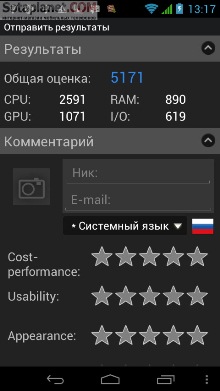

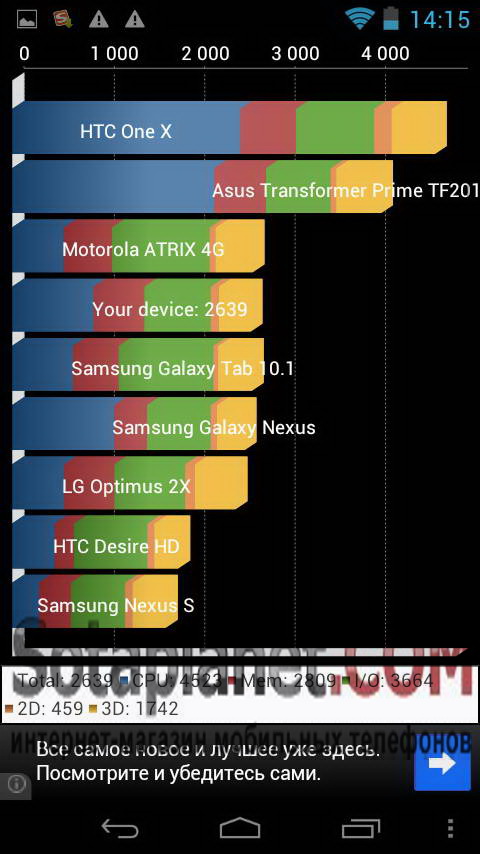
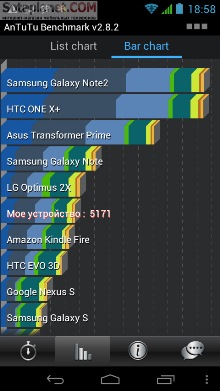
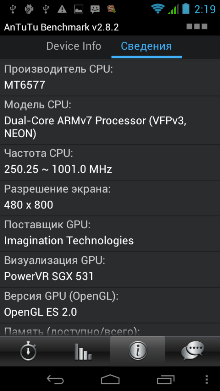
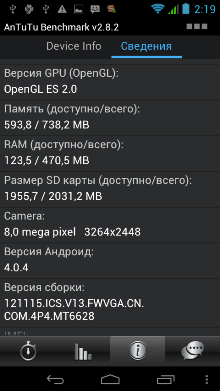
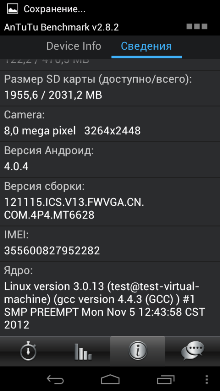
The processor is the heart not only for computers, but also for smartphones. This small chip must have high performance and support all the latest applications. There are many models on the market, but for a smartphone to choose? What to look at? There are several criteria to consider when buying a mobile device.
Number of cores
Here, each user should focus only on their own requests. So, there are people who do not need a huge number of cores in their work with a smartphone. For example, some very good models processors for mobile devices with a small number of cores show quite good performance when working with a variety of applications. Here we can single out the devices from Apple, which uses its own developments in the design of phones. Their devices, which have dual-core processors, work flawlessly with applications based on their operating system.
Of course, the development of modern technology does not stand still. Many manufacturers equip their smartphone models with processors already with 8 cores. Here you can get confused in the number of these very cores. The question may arise: so what better processor for a smartphone to choose?
Kernels and capabilities
With the number of cores, everything is easy enough. Previously, all manufacturers of computing devices were chasing the increase in frequency, and all the commands on the devices were executed one after another. Then the time came when the commands began to be executed in parallel. The processor frequency is far from unlimited, and each of its cores has a certain configuration that allows you to perform several functions at the same time, that is, in parallel. The best models are capable of performing several million different operations at the same time. And all this became possible due to the presence of not one, but several cores in the processor. If earlier data streams took up a queue for their processing, which greatly affected the speed of the device, now there is no such problem.
Frequency
Even now, many users think that the most important parameter is Which is best? For a smartphone, this characteristic is, of course, important. But as already noted, thanks to the parallel execution of commands, today it has shifted to a secondary plan. It is more important to purchase a smartphone with a large number of processor cores, which can provide comfort while working with the device. But you can recommend choosing those devices on which the frequency is not lower than 1 gigahertz. The cores will take care of the rest.
Which is the best processor for a smartphone? Generally mobile version this device has not so many differences from the older computer "brother". The main differences are size, power and And today some models of mobile chips are more powerful than computer ones.
Mobile processor manufacturers
Which processor manufacturer is the best for a smartphone? Here you can make a kind of rating, which will be led by Qualcomm. This market giant was founded back in 1985. At first, the company produced phones, navigation modules, and wireless devices... And after that it became one of the largest manufacturers mobile processors... It licensed the ARM technology and bought out the rights to manufacture the A8 core, from which its own chip was created.
Qualcomm processors
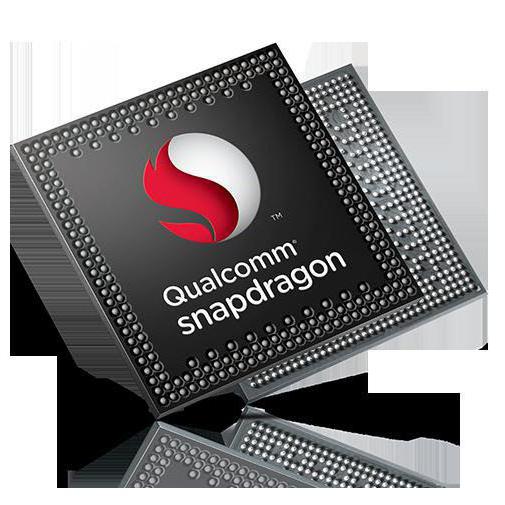
The top-end models are called Snapdragon, and they are installed only on the flagship mobile devices... And if you ask for an Android smartphone, many will say that this is a Qualcomm chip, since the performance here is impressive. Latest Models capable of supporting 4K video and have 8 cores. Working with devices based on them is a pleasure.
Mediatek processors

The second in the ranking is the Chinese company Mediatek. It is she who is singled out when answering the question of which is the best processor for a smartphone. The company was founded in 1997 and focused on storage modules and wireless technologies at the time.
This company takes not only product quality, but also quantity, since its processors are installed in all budget devices. It was Mediatek that developed the first ten-core processor, which is the world's most powerful single-chip chip. The performance of the model is amazing as it is more powerful than many laptops.
Apple processors
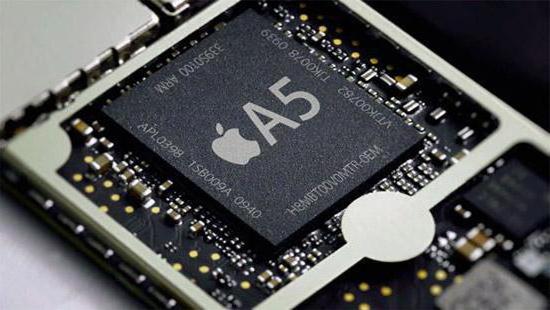
When asked what type of processor is better for a smartphone, fans of "apple" technology will immediately answer that it is from Apple. The company has always been known for its isolation. Everything they do is hidden from prying eyes. It is known that processors for tablets and smartphones are developed in-house. Models are assigned an index with a sequential number. The latest devices are equipped with very powerful mobile processors. Despite the fact that they have only two cores and one coprocessor, the performance is still impressive.
Intel mobile processors
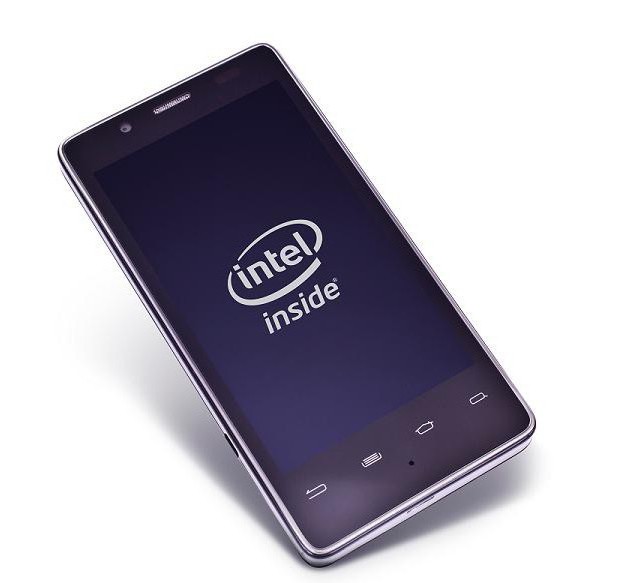
Intel has long been at the top of the mobile ranking, but in the field of smartphones and tablets, it is still in the background. But the fact that smartphones from Asus are equipped with processors from Intel suggests that the company is moving in the right direction. At the moment, the most productive chip has 4 cores with a frequency of 2.33 GHz and support for proprietary graphics. It will easily outperform competitors from Apple and Qualcomm.
But still, in general, the line of mobile processors from this company is not impressive due to its high cost, not very high-quality support and the presence of all sorts of problems.
Nvidia chips

Nvidia, which is known to all for its video cards for computer games, in his main field - the unconditional leader. With the mobile sphere, not everything is so smooth. Their Tegra processors have very good potential, but for some reason the leading manufacturers are in no hurry to buy them in large quantities. Undoubtedly, gamers will appreciate their hardware at its true worth. But the majority of smartphone users are girls, young people and businessmen, who are unlikely to want to play a cool toy at ultra-high settings on their device. In addition, the company's processors are very expensive.
When comparing central processors for smartphones from MediaTek and Qualcomm, we will consider the main parameters by which the buyer can make a choice in favor of one of the CPUs. Which one is better and why, on many forums, users prefer Qualcomm products, is this really the case on the market?
We can say that the two firms Qualcomm and MediaTek are the main suppliers of CPUs for smartphones today. Choosing a phone according to its characteristics, each buyer will be faced with the products of these companies in the form of a central processor. So the device on which processor to buy? Which company? Consider the main differences point by point.
Graphics
Better graphics from Qualcomm. MTK has the best processor for gaming today - Helio X10, it has a PowerVR G6200 video core. This is an average video processor for today (if not worse). But the best solution with video for today from Helio X20 and X25 is the Mali T-880 core.
Yes, the Mali T-880 is a good video processor, even Samsung uses it in its flagship models. But each video processor differs in the number of cores, which is not surprising for today's chips. And in the Mali-T880, Samsung uses 12 cores (MP12) in its top processor, while MediaTek uses only 4 (MP4) in its Helio X25 and X20. A maximum of 16 cores can be used in the T880.
What gives more cores? And it gives more GFlops (FLoating-point Operations Per Second). Gigaflops is a non-systemic unit used to measure the performance of computers, showing how many floating point operations a given computing system performs per second. It is important for us that this value is used to measure the performance of a video card and by it we can to some extent compare video processors. There is also optimization, structure, executable instructions, etc. But for now, let's take GFLOPS into account.
- Mali-T880 MP12 - 265 GFLOPS,
- Mali-T880 MP4 - 115 GFLOPS.
But we compared this to each other different versions Mali-T880 from ARM Limited. As of December 2016, Mali's newest video processor is the G71.
But the video processor in the flagship Snapdragon 821 chips from Qualcomm is called the Adreno 530, and it produces 519 GFLOPS. For comparison:
- Snapdragon 650 with Adreno 510 - 180 GFLOPS,
- Snapdragon 430, 435 with Adreno 505 - 48.6 GFLOPS.
Conclusion: if we compare the top models of processors and further in pairs from the same price category, then Qualcomm has better graphics.

Graphics are not important for everyone in everyday work, the advantage in graphics performance will be noticeable in heavy games, in other cases you will have no complaints about MediaTek chips.
Communication modules (modems)
Communication 3G, 4G is carried out through modems in the phone, each modem works on a certain frequency(transmission speed). So also in different countries ah, only certain categories of communication can work. That is, the supported communication standards (simultaneously for different countries), maximum frequency work of reception and transmission and determines the best modem. And for today, Qualcomm has the best modems. But MediaTek has created modems over the past couple of years that can cover the needs of most consumers.
But have Snapdragon best modems among all manufacturers. There is even a modem that supports all communication standards for any country, but its price is still very high. And already in December 2016, the Snapdragon X50 5G modem was presented for 5G networks, which are still being planned.

If you do not travel and do not visit exotic countries, then you will not have problems with modems of any company.
Optimizing programs
MTK has less optimization for programs. But this is more a software problem than a hardware problem. But Qualcomm is more popular, so the developers optimize programs for these processors more.
Third party firmware
There are fewer custom firmwares for MediaTek. Custom firmware is a kind of modified or modified firmware. In general, all firmwares that are not made by the manufacturer are custom ones. These firmwares have more improved functionality and can significantly improve performance.
Is this really such a minus? For someone else, for many consumers, this is probably not a problem at all. But who needs different firmware, it is better to pay attention to Qualcomm products.
Power consumption, operating frequencies
Two characteristics: power consumption and maximum operating frequency, are tied to such a parameter as the technical process. For us, ordinary consumers, this characteristic is not important. But there is still a difference in CPU heating (energy efficiency) with a different process technology. The technological process is measured in nanometers (nm) and today the newest technological process is 10 nm, and the outdated 28 nm. The smaller the technical process, the lower the operating currents, respectively, less power in watts and less heat generation. If the currents and operating voltage are lower, the operating frequencies can be increased.
In reality, it is impossible to notice the difference between the 14 nm and 20 nm process technology. Of course, experts will notice and measure everything, but for ordinary users it doesn't matter much. But you need to remember that if the processor will work at maximum load, for example, games, then the heat dissipation will be maximum. This is where a smaller process technology will play a role. With a smaller technological process, the chip will heat up less.
Today, Qualcomm's flagship processors have a 14nm process technology, while top-end chips from MediaTek are developed at 20nm. And it is only planned to make Helio X30 on a 10 nm process technology.

But if you take the processors Qualcomm Snapdragon 650, 652, 430, then they are made at 28 nm. Today, these are considered one of the best processors for the middle price category and in operation, they show themselves perfectly, do not overheat, have normal frequencies. So this once again confirms that ordinary customers do not need to pay special attention to the parameter of the technological process.
And energy consumption also depends on optimization software to the hardware, screen characteristics, etc. So you can find examples of severe overheating in smartphones running on processors from both firms. You can argue here for a long time, which of them is more energy efficient.
Qualcomm processors are believed to be more efficient, run cooler, and perform better. But it must be borne in mind that other hardware and software modules... If you remember the Snapdragon 810, then everyone will immediately think about a very hot processor, it overheated the most. But Sony released its smartphone on this processor, and it did not get warm. It's just that Sony has made a normal heat sink. MTK did not have such problems. But you need to understand that the bulk of MediaTek processors are for medium budget and little budget smartphones... And manufacturers in this segment are not always engaged in software optimization or hardware improvement of the device. Therefore, the problems of the device are not always related to the CPU. This applies to both heating and lags in work.
As for overheating of the central processor, it is noticeable when performing heavy tasks such as games, complex programs. But if the smartphone performs its standard tasks, then you will not notice a serious overheating of the device, if there is any processor there.
Price
This is where MediaTek gets its advantage, which allows it to stay on the market and compete successfully with other companies. Phones on Qualcomm processors no longer stand out in price, as before, for example, a mid-range device can be bought for $ 150. But smartphones at a lower price are usually built on a processor from MediaTek.
conclusions
Other processor manufacturers such as Samsung, Apple, Huawei make them only for their devices. Therefore, in the mobile chip market, competition is between Qualcomm and MediaTek. Yes, processors from Qualcomm outperform MediaTek and their processors are used in flagship and mid-budget smartphones. And MediaTek over the years of development and competition has made its chips worthy of attention and corresponding to their price, their products have completely closed the budget segment and are used in some models of top smartphones. One can even assume that without MediaTek products there would be no smartphones under $ 100, but with acceptable characteristics.
The Taiwanese company MediaTek (MTK) has built a reputation for making good processors for inexpensive smartphones... Most Chinese people in the budget price category equip it with chipsets. However, the company's lineup is much wider: it has inexpensive, mid-range and top-end solutions. The latter may not equal Apple's chipsets, but they are also inexpensive. What processors are available in lineup MediaTek, as of the beginning of 2017, for more details, see below.
The same SoC model can be produced in several versions. As a rule, modifications with reduced frequencies (for better energy saving) receive the prefix M or P, and overclocked ones - T (Turbo).
Inexpensive chipsets MediaTek are presented in two lines, leading the pedigree from different microarchitectures.
MT6580
MT6580 is MediaTek's cheapest processor, targeting smartphones under $ 100. It is produced according to the 28 nm process technology. It includes four 32-bit Cortex A7 cores at 1 or 1.3 GHz. Responsible for graphics processing is the Mali 400 MP accelerator, with a frequency of 400 or 500 MHz and a theoretical performance of 7.2 or 9 GFLOPS (billions of computational operations per second).
Memory controller - LPDDR2 / LPDDR3, up to 2 GB (32-bit system will no longer allow addressing). The chipset supports a camera up to 8 MP, a screen at 1280x720 pixels, Wi-Fi 2.4 GHz, and GSM and HSPA cellular networks.
MT6735 (M / P)
MT6735 is a representative of the 64-bit line of MediaTek. It is also manufactured at 28 nm, but on a newer architecture. The chip contains 4 ARM Cortex A53 cores with a frequency of 1 (MT6735P / M) or 1.3 GHz. Graphics accelerator - Mali T720 MP2, 400 (MT6735P), 500 (MT6735M) or 600 (MT6735) MHz, 13.6, 17 or 20.4 GFLOPS, respectively.
The chip supports LPDDR3 memory, up to 640 MHz, with a capacity of up to 3 GB. ISP supports cameras up to 13 MP, screens of 1280x720 pixels, Wi-Fi 2.4 GHz and current networks (except CDMA) up to LTE Cat 4.
MT6737 (M / T)
MT6737 is an evolution of the previous chip, which MediaTek "demoted" and made a rival to its own 6580. It was released in mid-2016. The chip is manufactured according to the same 28 nm standards, has the same 4 Cortex A53 cores. The clock speed is 1.1 (MT6737M) or 1.3 GHz. GPU- Mali T720 MP2 overclocked to 550 or 600 (MT6737T) MHz. Its theoretical operating speed is up to 18.7 or 20.4 GFLOPS.
The memory controller can work with one LPDDR2 / LPDDR3 channel, up to 640 or 733 MHz. Maximum camera resolution - 8 MP, video - 1080p, display - 1280x720 pixels. From communications, Wi-Fi 2.4 GHz and GSM / 3G / LTE Cat 4 networks are supported.
MT6738 (T)
MT6738 - new budget processor MediaTek, which should replace the 6735 model (6737 is rather a replacement for the MT6580). Although it was announced in the fall of 2016, it is still produced according to the 28 nm process technology. The chip contains 4 Cortex A53 cores with a frequency of 1.5 GHz. 3D processing is handled by the Mali T860 MP2 graphics processor, with a frequency of 350 or 520 (6738T) MHz. Its performance is up to 23.8 or 35 GFLOPS, respectively.
MediaTek MT6738 supports up to 4 GB of LPDDR3 667 RAM. Cameras up to 13 MP, FullHD video recording and 1280x720 pixel screens are supported. From networks - Wi-Fi 2.4 GHz, GSM, 3G and LTE Cat 6 are declared.
Mid-range MediaTek processors
Among the mid-range chipsets, there are no models that are outdated. Only 64-bit MediaTek processors with 8 cores remain relevant (that is, they are supplied to partners for installation in smartphones).
MT6753 (T)
Despite the higher model number, the MT6753 was released almost a year before the MT6750. It is built on the 28nm process technology and is equipped with 8 Cortex A53 cores. In the 6753T model they overclock up to 1.5 GHz, in the regular version - up to 1.3 GHz. Graphics Accelerator - Mali T720 MP3, 700 MHz, 35.7 GFLOPS.
The memory controller works with LPDDR3 chips up to 800 MHz, the RAM capacity can be up to 3 GB. ISP supports cameras up to 16 MP with FullHD video recording, the screen can have a resolution of 1920 x 1080 pixels. The network module works with Wi-Fi 2.4 GHz, supports GSM, HSPA and CDMA 3G, LTE Cat 4.
MT6750 (T)
MT6750 is a mid-range processor introduced in Spring 2016. It is manufactured using the 28 nm process technology and consists of 8 Cortex A53 cores. They are grouped into 2 blocks of 4 cores, the clock speed of the first reaches 1.5, the second - 1 GHz. Graphics processing is handled by GPU Mali T860 MP2, 520 or 560 MHz. Its performance is 35.3 or 44.2 GFLOPS.
The memory controller in the processor supports up to 4GB LPDDR3, up to 833 or 933 MHz. The MediaTek MT6750 is designed for cameras up to 16MP, supports video recording up to 1080p and works with HD and FullHD screens (T model). A modem that supports Wi-Fi 2.4 GHz, GSM, 3G (including CDMA) and LTE Cat 6 is responsible for communication.
MT6755 (M) or Helio P10
MT6755 is a MediaTek processor with a proper name. It was presented at the end of 2015 and is manufactured using the 28 nm process technology. The processor includes 8 Cortex A53 cores with frequencies up to 1.2 GHz (economical cluster) and 2 GHz (productive cluster). Graphics chip - Mali T860 MP2 clocked at 550 or 700 MHz with a performance of 37.4 or 47.6 GFLOPS.
The chip is equipped with a single-channel LPDDR3 933 memory controller (up to 4 GB in volume). Supports a camera up to 21 MP, video recording in FullHD and a screen of the same resolution. Networking capabilities include Wi-Fi 2.4 GHz, Wi-Fi 5 GHz (AC standard not supported), GSM, 3G CDMA and HSPA, LTE Cat 6.
MT6755 Pro or Helio P15
MT6755 Pro is an overclocked modification of MediaTek Helio P10. It differs from it in the processor frequency (up to 2.2 GHz) and graphics (800 MHz, 54 GFLOPS). The rest of the processor is completely identical.
MT6757 / Pro or Helio P20 / P25
MT6755 Helio P20 / 25 is a mid-range processor from MediaTek, belonging to a more modern generation. It is manufactured according to the 16 nm process technology and has 8 Cortex A53 cores. Half of them operate at 2.3 or 2.5 GHz (P20 and P25, respectively), the other half at 1.6 GHz. Graphics processing is handled by the Mali T880 MP2 accelerator, with a frequency of 900 or 1000 MHz and a performance of 61 or 68 GFLOPS, respectively.
The memory controller is dual-channel, supporting up to 6 GB LPDDR4 at 1600 MHz, plus there is one 933 MHz LPDDR3 channel up to 3 GB. Supported cameras up to 24 MP, with video recording in 4K, and FullHD screens. Wi-Fi supports 2.4 and 5 GHz networks, also supported cellular operators GSM, HSPA, CDMA, LTE Cat 6.
MediaTek flagship processors
In the flagship class, MediaTek has one actively produced MT6797 processor, the revisions of which have received different names, but in fact it is the same chipset. Its predecessor, the Helio X10, was built with technology patented by Ericsson, so production was quickly discontinued to avoid litigation.
All MT6797s are manufactured according to the 20 nm process technology, have 10 cores each, of which 2 high-performance ones are built on the Cortex A72 architecture, and another 8 are Cortex A53. They also have a separate Cortex M4 processor with separate power and low frequency, which is responsible for listening to MP3. Graphics processing is handled by GPU Mali T880 M4. Memory controller - dual-channel, LPDDR3 933, up to 4 GB. Network - Wi-Fi 2.4 and 5 GHz, GSM, CDMA, HSPA, LTE Cat 6. Innovation - technology fast charging PumpExpress 3.0.
Detailed characteristics of each version of the chipset below.
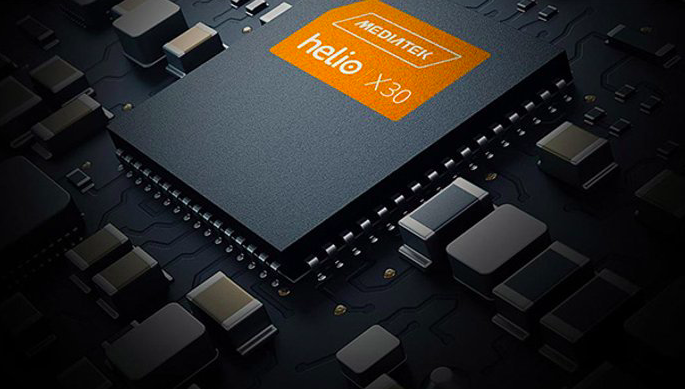
MT6797 Helio X20
Helio X20 is the basic version introduced at the end of 2015. Frequencies - 2.1 GHz for 2 powerful Cortex A72 cores, 1.85 GHz - for 4 universal Cortex A53 cores, 1.4 GHz - 4 more economical Cortex A53. Graphics frequency - 780 MHz, performance - 106 GFLOPS. Support for cameras up to 25 MP (dual ISP, support for 2 cameras), with 4K recording, and screens up to 2560x1600 pixels.
MT6797D Helio X23
The chip is being prepared for the beginning of 2017, and is a small modification of the X20 model. Its Cortex A72 cores are overclocked to 2.3 GHz, the rest of the frequencies are the same as in the X20. Added support for cameras up to 32 MP (or 2 x 13 MP).
MT6797T Helio X25
The chipset was released in the spring of 2016, its cores are overclocked to 2.5 / 2 / 1.55 GHz, graphics - 850 MHz or 115.6 GFLOPS.
MT6797X Helio X27
The processor is being prepared for the 1st quarter of 2017, it is also a slightly overclocked and optimized version of its predecessor. Core frequencies - 2.6 / 2 / 1.6 GHz, graphics - 875 MHz or 120 GFLOPS. Added support for cameras up to 32 MP or 2 x 13 MP.
MT6799 (T) Helio X30 (X35)
An evolutionary step of the MediaTek processors towards the transition to the 10 nm process technology. It is being prepared for the 1st quarter of 2017, mass sales of smartphones on it should not be expected until spring. It has 10 cores, of which 2 are the fastest - Cortex A73, 4 more universal - Cortex A53, and 4 energy efficient - Cortex A35. Clock Frequencies MediaTek Helio X30 - 2.8 / 2.2 / 2 GHz, Helio X35 - 3 / 2.22 GHz. GPU - PowerVR 7400 XT, 820 MHz, 210 GFLOPS.
The MediaTek Helio X30 / 35 memory controller supports up to 8GB LPDDR4 1866 MHz memory in dual channel mode. There is also support for universal solid-state (flash) memory UFS 2.1. Camera resolution - up to 28 MP, dual ISP Imagiq is used, support for 4K recording. The maximum display resolution is 2560x1600 pixels. Built-in support Wi-Fi networks 2.5 GHz, as well as all current cellular networks up to LTE Cat 10.
You may be interested in:















